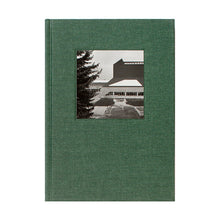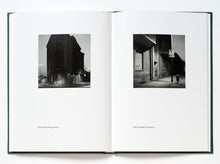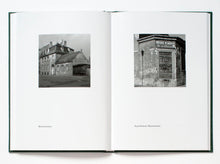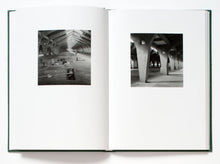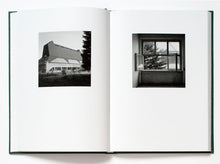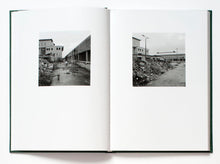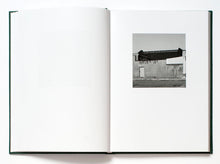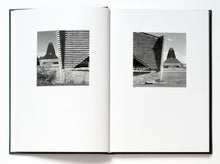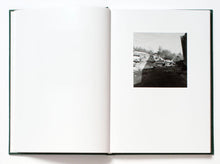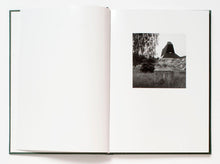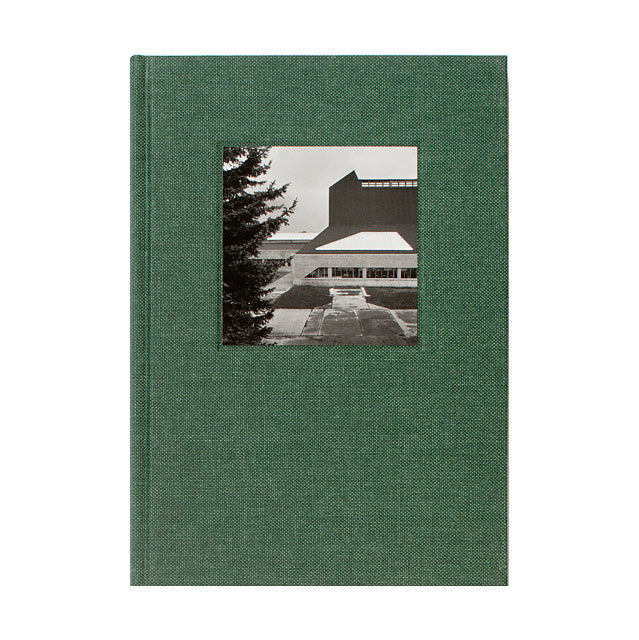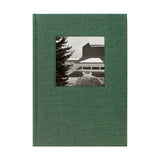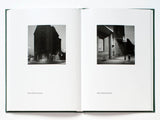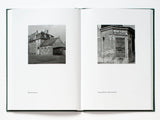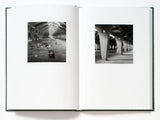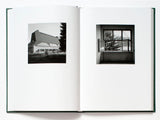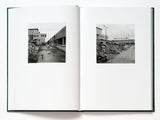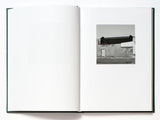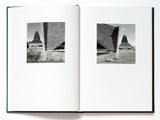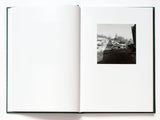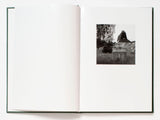Size: 170 x 240 mm
Pages: 144
Format: hardcover
Language: Swedish, English, German
Illustration: 76 b/w, 2 colour
Edition: 1000 copies
Editor: Greer Ulf Nilson, Gerry Johansson
Text: Cecilia Widenheim Art work: Dick Bengtsson Book
Design: Greger Ulf Nilson
Printing: Göteborgstryckeriet
Publisher: Johansson & Jansson Pub
Year: 2012
*
This is the story about Hutfabrik Friedrich Steinberg, Herrman & Co – the first industrial building built in steel reinforced concrete and the dramatic history connected to it. For Gerry Johansson, the project Luckenwalde (2009, 2011–12) began with a conversation in 1986 between him and Swedish painter Dick Bengtsson (1936-1989), when he was commissioned to portray the artist. In the late sixties Dick Bengtsson’s made a series of paintings paraphrasing work by Edward Hopper and Piet Mondrian. The swastikas that were included in these paintings led to long and emotive discussions and also to physical attacks on his works. One of the most important paintings from that period is the diptych Hat and Cap Factory (1969). The painting is based on a black-and-white photograph of the architect Erich Mendelsohn’s modernist factory building in Luckenwalde, an industrial town south of Berlin. The design of the building is unlike any other in the history of architecture, it seems most of all to be a fantasy construction in a cubist tradition. The building, Hutfabrik Friedrich Steinberg, Herrman & Co, in Luckenwalde is the first industrial building built in steel reinforced concrete and has a long and dramatic history. It was built by the Jewish families Herrman and Steinberg, 1921/23. They were forced to sell it in 1934 to the Nazi regime who started production of anti-aircraft guns. In 1945-56 it was turned into a repair hall for the Soviet army. The factory has since the early 2000's been rebuilt and restored. The photographs are document the architectural details of the building and during Gerry Johansson's wanderings around the city, where he also found places and buildings that reflect the history of the factory and the tumultuous political periods from the 1920s to the present. A text, by Cecilia Widenheim, director of Malmö Art Museum, in Swedish, English and German gives a background to the artistry of Dick Bengtsson.











